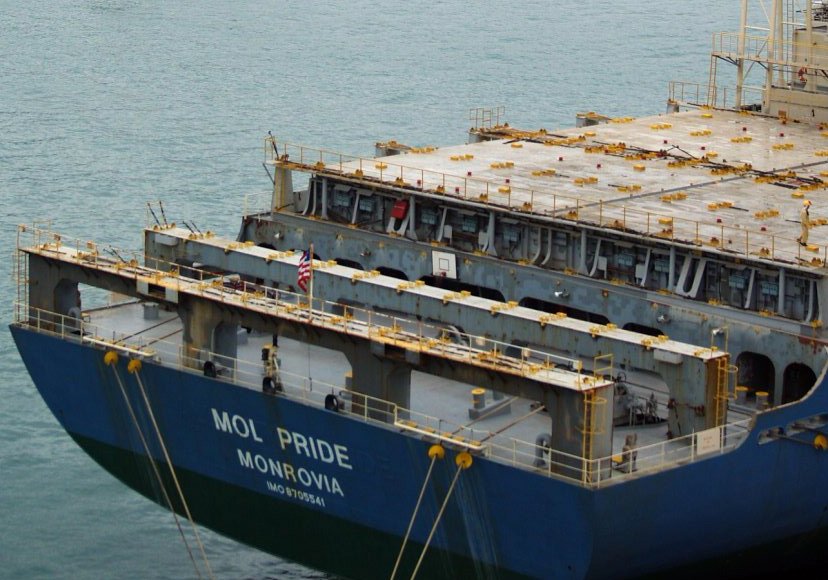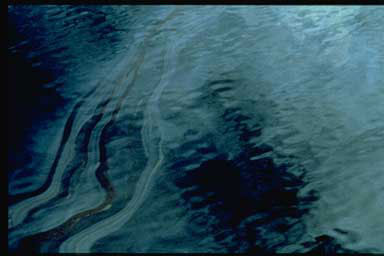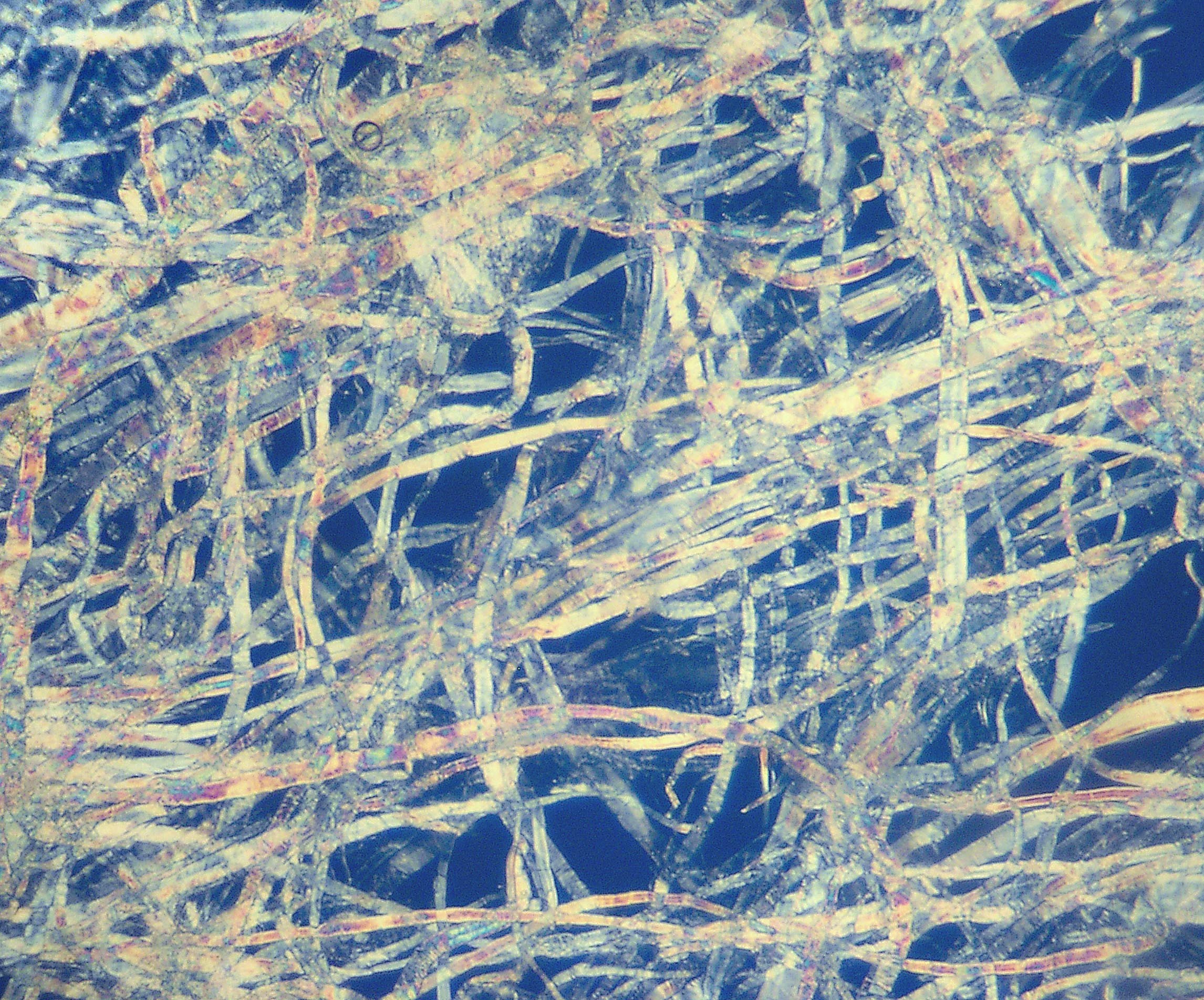|
New Carissa
MV ''New Carissa'' was a freighter that ran aground on a beach near Coos Bay, Oregon, United States during a storm in February 1999 and broke apart. An attempt to tow the bow section of the ship out to sea failed when the tow line broke, and the bow was grounded again. Eventually, the bow was successfully towed out to sea and sunk. The stern section remained on the beach near Coos Bay. Fuel on board the ship was burned off '' in situ'' with napalm, but a significant amount was also spilled from the wreckage, causing ecological damage to the coast. The United States Coast Guard performed an investigation and found that captain's error was the main cause of the wreck; but the captain and crewmembers were not charged with crimes. There were significant financial consequences for the ship's owners and insurer. The stern section remained aground for over nine years. It was dismantled and removed from the beach in 2008. Vessel ''New Carissa'' was a Panamanian- flagged d ... [...More Info...] [...Related Items...] OR: [Wikipedia] [Google] [Baidu] |
Flag Of Convenience
Flag of convenience (FOC) is a business practice whereby a ship's owners register a merchant ship in a ship register of a country other than that of the ship's owners, and the ship flies the civil ensign of that country, called the flag state.Bernaert, 2006, p. 104. The term is often used pejoratively, and although common, the practice is sometimes regarded as contentious. Each merchant ship is required by international law to be registered in a registry created by a country,ICFTU et al., 2002, p. 7. and a ship is subject to the laws of that country, which are used also if the ship is involved in a case under admiralty law. A ship's owners may elect to register a ship in a foreign country so as to avoid the regulations of the owners' country, which may, for example, have stricter safety standards. They may also select a jurisdiction to reduce operating costs, avoiding higher taxes in the owners' country and bypassing laws that protect the wages and working conditions of m ... [...More Info...] [...Related Items...] OR: [Wikipedia] [Google] [Baidu] |
Port Of Coos Bay
The Oregon International Port of Coos Bay is a port of the Pacific coast of the United States, located in Coos Bay near the city of Coos Bay, Oregon. It is the largest deep-draft coastal harbor between San Francisco Bay and Puget Sound, and is Oregon's second busiest maritime commerce center after the Port of Portland. The port operates the 134-mile Coos Bay Rail Link which connects the port to Eugene, Oregon and the national rail network. In the mid-1900s, the Port of Coos Bay held the title of "world's largest lumber shipping port". . Retrieved June 21, 2013. Lumber ships loaded with whole-log loads of the region's prized [...More Info...] [...Related Items...] OR: [Wikipedia] [Google] [Baidu] |
Hamilton, Bermuda
The City of Hamilton, in Pembroke Parish, is the territorial capital of the British Overseas Territory of Bermuda. It is the territory's financial centre and a major port and tourist destination. Its population of 854 (2016) is one of the smallest of any capital city. History The history of Hamilton as a British city began in 1790 when the government of Bermuda set aside for its future seat, officially incorporated in 1793 by an Act of Parliament, and named for Governor Henry Hamilton. The colony's capital relocated to Hamilton from St George's in 1815. The city has been at the political and military heart of Bermuda ever since. Government buildings include the parliament building, the Government House to the north, the former Admiralty House of the Royal Navy to the west (both in Pembroke), and the British Army garrison headquarters at Prospect Camp to its east. The Town of Hamilton became a city in 1897, ahead of the consecration in 1911 of the Cathedral of the M ... [...More Info...] [...Related Items...] OR: [Wikipedia] [Google] [Baidu] |
Oil Pollution Act Of 1990
The Oil Pollution Act of 1990 (OPA) (101 H.R.1465, P.L. 101-380) was passed by the 101st United States Congress and signed by President George H. W. Bush. It works to avoid oil spills from vessels and facilities by enforcing removal of spilled oil and assigning liability for the cost of cleanup and damage; requires specific operating procedures; defines responsible parties and financial liability; implements processes for measuring damages; specifies damages for which violators are liable; and establishes a fund for damages, cleanup, and removal costs. This statute has resulted in instrumental changes in the oil production, transportation, and distribution industries. History/Background Laws governing oil spills in the United States began in 1851 with the Limitation of Liability Act. This statue, in an attempt to protect the shipping industry, stated that vessel owners were liable for incident-related costs up to the post-incident value of their vessel. The shortcomings of this ... [...More Info...] [...Related Items...] OR: [Wikipedia] [Google] [Baidu] |
Protection And Indemnity Insurance
Protection and indemnity insurance, more commonly known as P&I insurance, is a form of mutual maritime insurance provided by a P&I club. Whereas a marine insurance company provides "hull and machinery" cover for shipowners, and cargo cover for cargo owners, a P&I club provides cover for open-ended risks that traditional insurers are reluctant to insure. Typical P&I cover includes: a carrier's third-party risks for damage caused to cargo during carriage; war risks; and risks of environmental damage such as oil spills and pollution. In the UK, both traditional underwriters and P&I clubs are subject to the Marine Insurance Act 1906. A P&I club is a mutual insurance association that provides risk pooling, information and representation for its members. Unlike a marine insurance company, which reports to its shareholders, a P&I club reports only to its members. Originally, P&I club members were typically shipowners, ship operators or demise charterers, but more recently freight forw ... [...More Info...] [...Related Items...] OR: [Wikipedia] [Google] [Baidu] |
Pulp (paper)
Pulp is a lignocellulosic fibrous material prepared by chemically or mechanically separating cellulose fibers from wood, fiber crops, waste paper, or rags. Mixed with water and other chemical or plant-based additives, pulp is the major raw material used in papermaking and the industrial production of other paper products. History Before the widely acknowledged invention of papermaking by Cai Lun in China around 105 AD, paper-like writing materials such as papyrus and amate were produced by ancient civilizations using plant materials which were largely unprocessed. Strips of bark or bast material were woven together, beaten into rough sheets, dried, and polished by hand. Pulp used in modern and traditional papermaking is distinguished by the process which produces a finer, more regular slurry of cellulose fibers which are pulled out of solution by a screen and dried to form sheets or rolls. The earliest paper produced in China consisted of bast fibers from the paper m ... [...More Info...] [...Related Items...] OR: [Wikipedia] [Google] [Baidu] |
Diesel Engine
The diesel engine, named after Rudolf Diesel, is an internal combustion engine in which ignition of the fuel is caused by the elevated temperature of the air in the cylinder due to mechanical compression; thus, the diesel engine is a so-called compression-ignition engine (CI engine). This contrasts with engines using spark plug-ignition of the air-fuel mixture, such as a petrol engine ( gasoline engine) or a gas engine (using a gaseous fuel like natural gas or liquefied petroleum gas). Diesel engines work by compressing only air, or air plus residual combustion gases from the exhaust (known as exhaust gas recirculation (EGR)). Air is inducted into the chamber during the intake stroke, and compressed during the compression stroke. This increases the air temperature inside the cylinder to such a high degree that atomised diesel fuel injected into the combustion chamber ignites. With the fuel being injected into the air just before combustion, the dispersion of the fuel is ... [...More Info...] [...Related Items...] OR: [Wikipedia] [Google] [Baidu] |
Gross Tonnage
Gross tonnage (GT, G.T. or gt) is a nonlinear measure of a ship's overall internal volume. Gross tonnage is different from gross register tonnage. Neither gross tonnage nor gross register tonnage should be confused with measures of mass or weight such as deadweight tonnage or displacement. Gross tonnage, along with net tonnage, was defined by the ''International Convention on Tonnage Measurement of Ships, 1969'', adopted by the International Maritime Organization (IMO) in 1969, and came into force on 18 July 1982. These two measurements replaced gross register tonnage (GRT) and net register tonnage (NRT). Gross tonnage is calculated based on "the moulded volume of all enclosed spaces of the ship" and is used to determine things such as a ship's manning regulations, safety rules, registration fees, and port dues, whereas the older gross register tonnage is a measure of the volume of only certain enclosed spaces. History The International Convention on Tonnage Measurement o ... [...More Info...] [...Related Items...] OR: [Wikipedia] [Google] [Baidu] |
Draft (hull)
The draft or draught of a ship's hull is the vertical distance between the waterline and the bottom of the hull ( keel). The draught of the vessel is the maximum depth of any part of the vessel, including appendages such as rudders, propellers and drop keels if deployed. Draft determines the minimum depth of water a ship or boat can safely navigate. The related term air draft is the maximum height of any part of the vessel above the water. The more heavily a vessel is loaded, the deeper it sinks into the water, and the greater its draft. After construction, the shipyard creates a table showing how much water the vessel displaces based on its draft and the density of the water (salt or fresh). The draft can also be used to determine the weight of cargo on board by calculating the total displacement of water, accounting for the content of the ship's bunkers, and using Archimedes' principle. The closely related term "trim" is defined as the difference between the forward and a ... [...More Info...] [...Related Items...] OR: [Wikipedia] [Google] [Baidu] |






